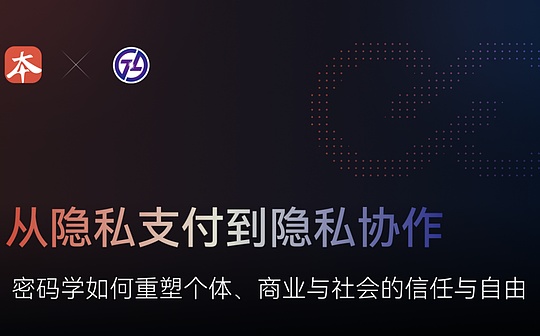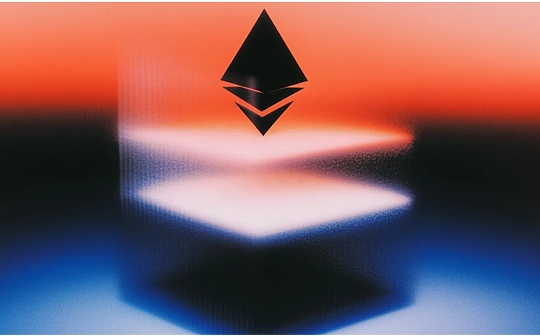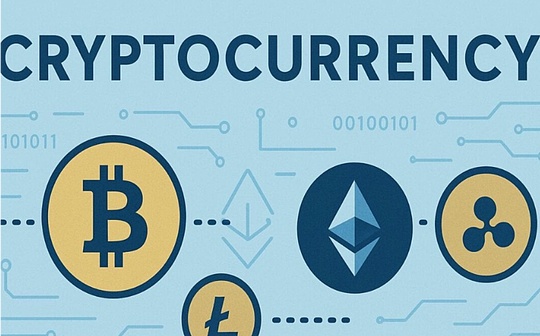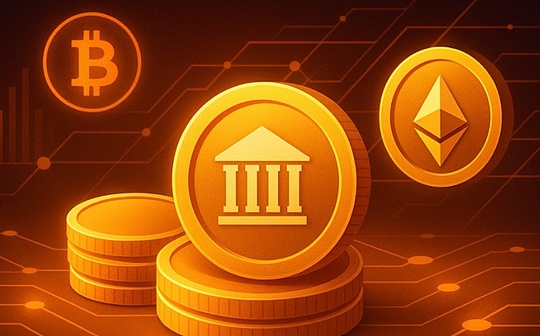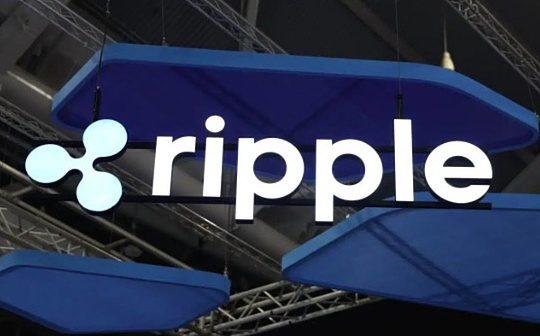
Editor’s note:In the wave of rapid evolution of financial technology, traditional banks are quietly changing their roles, moving from observers at the edge of blockchain to in-depth participants in ecological construction.Depend onRipplejointCB InsightsThe research report released systematically sorted out2020The investment paths of global banks in the blockchain startup field since the beginning of the year have revealed the strategic intentions of financial institutions in the construction of digital asset infrastructure.Whether it is betting on underlying capabilities such as transactions, payments, custody, or actively intervening in the construction of ecological construction through mergers and acquisitions and equity participation, banks are gradually breaking traditional boundaries and transforming from “old finance” to “on-chain finance”.
From 2020 to 2024, global banks participated in 345 investments in blockchain startups.Most of these investments are concentrated in the early stages, including seed rounds and A rounds of financing, showing the high attention of banking institutions to blockchain technology and digital asset tracks and their strategic choices for advance layout.This type of venture capital is not common for banks, especially for companies at such an early stage, which reflects their confidence in the direction of digital asset infrastructure – a belief that it is an integral part of the next generation of financial systems.
Of these investments, 33 are super financing rounds, that is, a single financing amount exceeds US$100 million.By country and region, banking institutions in the United States, Japan, Singapore, France and the United Kingdom are the most active.Among them, Japan’s SBI Group, the United States’ Goldman Sachs and Thailand’s SCB 10X are particularly prominent.The funds in these super financing rounds mainly flow in three directions: the first is institutional-level infrastructure, especially the technical framework for transactions, pledges and tokenization services, accounting for 27%; the second is payment system infrastructure, accounting for 24%; and the third is digital asset custody services, accounting for 21%.
The three super financing transactions completed in 2024 further illustrate the specific direction of market development.Brazilian fintech company CloudWalk received a total of approximately US$760 million in financing from Banco Itaú, BTG Pactual and Banco Safra in May and December respectively.Since its establishment in 2013, CloudWalk has been committed to promoting the modernization of local payment services in Brazil through blockchain technology, and has expanded to the US market in recent years.
In March of the same year, Japan’s SBI Group led the F-II round of financing from German embedded financial platform Solaris, with a total amount of more than US$104 million.As an important participant in the German digital assets field, Solaris has assisted in launching the country’s first digital asset trading platform and the first regulated securities token issuance platform.In addition, it also provides digital bank account services and digital asset custody solutions.After this financing, SBI Group further acquired Solaris’ controlling stake, consolidating its layout in the European market.
Why are financial institutions actively betting on blockchain?
Banks around the world are accelerating the integration of digital asset services, and some institutions even plan to fully access blockchain-related financial infrastructure within the next five years.According to research by CB Insights and Ripple, 57% of financial executives surveyed said their institutions are already exploring, testing or integrating digital asset products and services.Among the institutions that have not yet entered, more than one-third plan to launch relevant deployments within the next three years.
Banks’ interest in blockchain technology can be attributed to three main drivers:
The first is the improvement of global payment efficiency.Blockchain technology can bypass the complex intermediary level in traditional cross-border payments, allowing funds to be settled within a few seconds, greatly reducing costs and settlement risks.Especially under the US dollar-dominated system, blockchain technology provides a more symmetrical way of participation for non-US dollar economies.
The second is the structural reconstruction of the asset market brought about by asset tokenization.Through blockchain, traditional stocks, bonds, real estate and commodities can be issued and traded in digital form, which not only improves the liquidity of assets, but also lowers the barrier to entry.This change not only affects the investment structure, but is also gradually rewriting asset pricing and trading infrastructure.
The third is the integration of data transparency and regulatory technology.Compared with traditional ledger systems, blockchain has higher information symmetry, auditability and process automation capabilities.This allows banks to complete reviews at a lower cost when facing compliance, anti-money laundering (AML), customer due diligence (KYC), etc.
The strategic role of traditional banks in the digital asset ecosystem
More and more large banks are no longer just investors or pilot users, but become actual participants in blockchain infrastructure construction.Wall Street giants such as Goldman Sachs, Citigroup, and JPMorgan Chase have launched self-built or alliance-led blockchain projects.
The Onyx platform and JPM Coin launched by JPMorgan have formed a certain scale in the institutional settlement market.Citigroup focuses on the tokenized securities issuance platform, and its pilot projects cover US bonds, global foreign exchange markets and derivatives clearing systems.HSBC completed its first real estate tokenized transaction based on the R3 Corda platform in 2023, with the goal of promoting high-net-worth customers to use blockchain assets in traditional asset allocation.
At the same time, Asian financial institutions are accelerating their pace.SBI Group not only launched the digital asset trading platform TAOTAO in Japan, but also accelerated the construction of an on-chain financial bridge between Europe and Asia through investments in companies such as Copper in the UK and Solaris in Germany.Singapore DBS Bank launched a digital exchange (DDEx) to support crypto asset trading and custody of institutional customers.
In the field of custody, traditional banks have particularly obvious advantages.Large banks with regulatory licenses and compliance management experience have become the first choice for a large number of Web3 projects to seek cooperation.They can provide digital asset custody solutions that comply with local regulations and form integrated solutions with traditional financial services such as auditing and taxation.
Digital Asset Regulatory Environment and Policy Progress
The report pointed out that after 2023, the obvious tightening of regulatory policies around the world is forcing the market to accelerate the process of standardization.Taking the United States as an example, the GENIUS Act has set detailed licensing and reserve requirements for stablecoins, digital asset custody and trading platforms.The MiCA regulatory framework in Europe requires all digital asset service providers to obtain unified licenses within the European Economic Area.
In Asia, Hong Kong, China launched the Virtual Asset Service Provider (VASP) system in 2023 and announced the stablecoin issuance guidelines in 2024.The Monetary Authority of Singapore (MAS) has also increased capital requirements and information disclosure supervision on encryption platforms.
Banking institutions must make adjustments in compliance and technical adaptation to stay ahead of this emerging market.This is also the reason why many banks choose to cooperate with blockchain native companies to acquire technical resources and operational experience through mergers and acquisitions or strategic investments.
Conclusion: Who will win the future of digital finance?
Digital assets are no longer speculative bubbles or “bystander games.”It can be clearly seen from the investment roadmap of global banks that blockchain will become an indispensable part of financial infrastructure in the next five to ten years.The participation of financial institutions not only provides legal endorsement for the crypto ecosystem, but also promotes a more rigorous and compliant institutional evolution.
But this process will not be smooth.The flaws in stablecoin design, the uncontrollability of algorithmic mechanisms, on-chain clearing risks, and the gap between technology and supervision are still challenges that the entire industry needs to face.
The real financial revolution is not only a transformation of asset forms, but also a fundamental reconstruction of institutional logic, trust mechanism and data structure.In this change, if traditional banks can integrate and promote each other with the native powers of blockchain, they will likely win the most core position in the future financial landscape.


